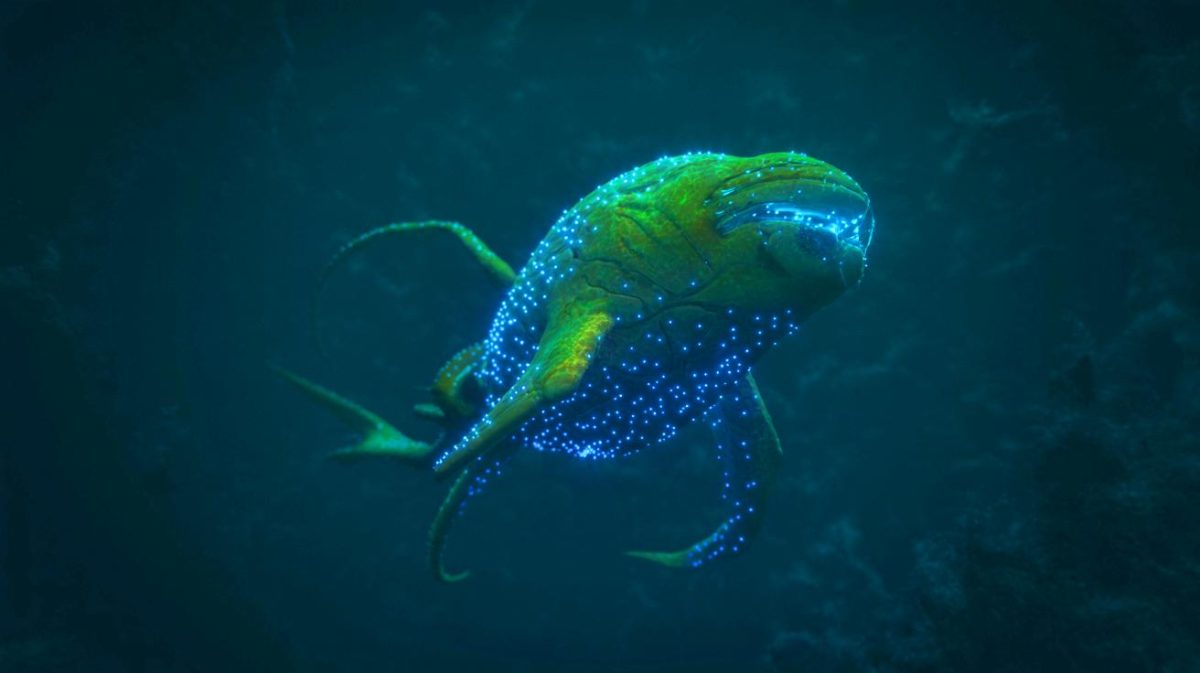| IN A NUTSHELL |
|
In a groundbreaking achievement, scientists have captured live footage of a mysterious deep-sea creature, unveiling a world previously shrouded in darkness and mystery. This event marks a monumental step in marine exploration, offering a rare glimpse into the lives of oceanic organisms that have adapted to thrive under extreme conditions. The discovery not only expands our understanding of marine biodiversity but also emphasizes the importance of preserving these fragile ecosystems. As we continue to explore the ocean’s depths, questions arise about the future of marine research and conservation efforts in light of growing human impact on these remote habitats.
The Enigmatic World of the Abyss
The abyss, a region of the deep ocean characterized by perpetual darkness and extreme pressure, remains one of the least explored areas on Earth. This harsh environment is home to a plethora of unique species that have adapted to survive against all odds. The recent live footage of a newly discovered deep-sea creature provides invaluable insights into this enigmatic world. These organisms exhibit remarkable resilience, thriving in conditions that would be inhospitable to most life forms.
The challenges of exploring such depths are immense, requiring advanced technology and precise planning. Remotely operated vehicles (ROVs) and submersibles equipped with high-definition cameras have revolutionized our ability to study the deep sea. These tools enable scientists to observe organisms in their natural habitats, gathering data that is crucial for understanding the complexities of marine ecosystems. As exploration continues, the importance of preserving these ecosystems becomes increasingly evident, highlighting the need for sustainable practices to protect oceanic biodiversity.
Understanding the Adaptations of Deep-Sea Creatures
Deep-sea organisms possess a variety of adaptations that enable them to survive in such an extreme environment. One of the most fascinating is bioluminescence, a trait that allows these creatures to produce light in the darkness of the ocean. This adaptation serves multiple functions, including attracting prey, deterring predators, and facilitating communication among species. The ability to emit light is a testament to the extraordinary evolutionary processes at work in the depths of the ocean.
In addition to bioluminescence, deep-sea creatures exhibit specialized feeding mechanisms and physiological traits that allow them to withstand immense pressure. These adaptations are essential for survival in a habitat where resources are scarce and competition is fierce. By studying these organisms, scientists can gain a deeper understanding of the evolutionary processes that have shaped life in the ocean. This knowledge not only enhances our appreciation of marine biodiversity but also informs conservation strategies aimed at preserving these unique ecosystems.
The Impact of Human Activities on Deep-Sea Ecosystems
The discovery of new species in the deep sea serves as a reminder of the fragile nature of these ecosystems. Human activities, such as deep-sea mining and bottom trawling, pose significant threats to marine biodiversity. These practices can lead to habitat destruction, species extinction, and the disruption of ecological processes that are vital to the health of the ocean.
To mitigate these impacts, it is essential to implement sustainable practices and establish marine protected areas. Conservation efforts must be supported by public awareness and international cooperation to ensure the long-term preservation of deep-sea ecosystems. Protecting these habitats is not only crucial for maintaining biodiversity but also for safeguarding the ecological balance that supports life on Earth. As human activity continues to expand into previously unexplored regions, the question remains: how can we balance exploration with conservation to ensure the survival of these vital ecosystems?
The Future of Deep-Sea Exploration
The recent breakthrough in deep-sea exploration is a testament to the progress being made in marine science. As technology continues to advance, the potential for new discoveries grows exponentially. Innovations in exploration tools and techniques promise to unlock further secrets of the ocean, revealing species and phenomena that challenge our understanding of life on Earth.
The spirit of curiosity and commitment to expanding human knowledge drives the future of deep-sea exploration. Researchers are continually developing new methods to reach greater depths and study marine life in unprecedented detail. By fostering a deeper connection with the ocean, we can inspire future generations to value and protect this vital part of our planet. As we stand on the brink of new discoveries, the question remains: what other mysteries lie beneath the waves, waiting to be uncovered?
As we continue to explore the unknown depths of the ocean, the challenges of balancing discovery with conservation become increasingly apparent. How can we ensure that our pursuit of knowledge does not come at the cost of the very ecosystems we seek to understand?
Did you like it? 4.6/5 (30)





Wow, a real-life sea monster! This is like something out of a Jules Verne novel! 🐙
If this creature is real, what else could be lurking in the depths? 🤔
Great article! I hope this discovery leads to more conservation efforts.
Why did it take so long to find this creature? Aren’t we exploring the ocean enough?
I can’t believe it! This is both amazing and terrifying at the same time.
Is there any video footage available for us to watch? Would love to see it!
What kind of adaptations does this creature have to survive in such extreme conditions?
You state: “This article is based on verified sources and supported by editorial technologies.” But the article does not mention a single source, nor an organization,nor individual related to this study. It is impossible to fact check.